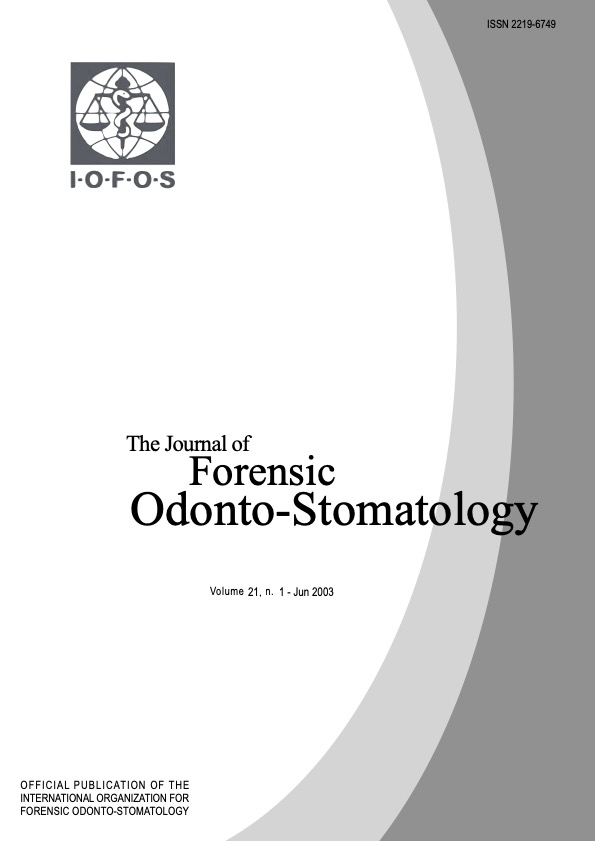Forensic aspects of guidelines
Abstract
In lawsuits concerning medical or dental litigation a question regularly arising is whether the treatment was in accordance with best practice. In recent times doctors and dentists have increasingly been confronted with so called recommendations, guidelines, directives etc., which should help them to reach the required standard. They are theoretically legally binding in different degrees, for example, guidelines are not binding where directives are. Such differences however can hardly be expected to be reflected in everyday legal routine and no matter whether the doctor has deviated from a recommendation, a guideline or a directive, it will complicate the chances of success in a lawsuit. It is therefore important to be aware of these potential judicial implications when formulating guidelines and other instructions or recommendations in order to avoid paving the way for legal pitfalls, which at the very least would lead to over-defensive medical/dental practice. Nevertheless, guidelines can be of value as long as they are not rigid regulations but rather readily usable, comprehensible information on the current state of practice. They could then also have a positive influence on judicially commissioned expert evidence.

